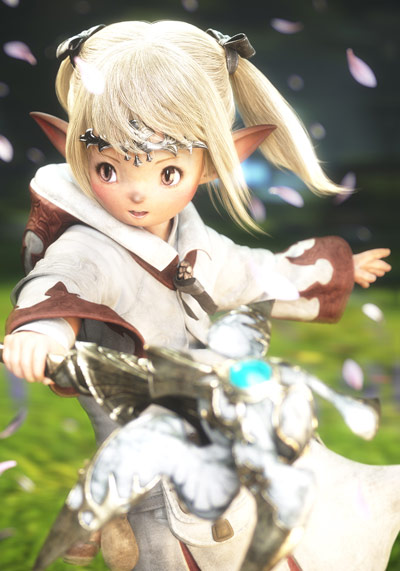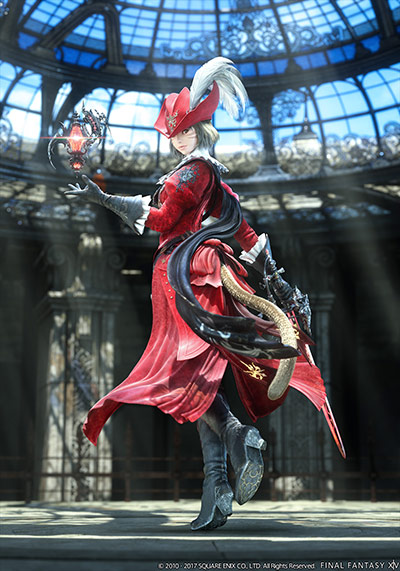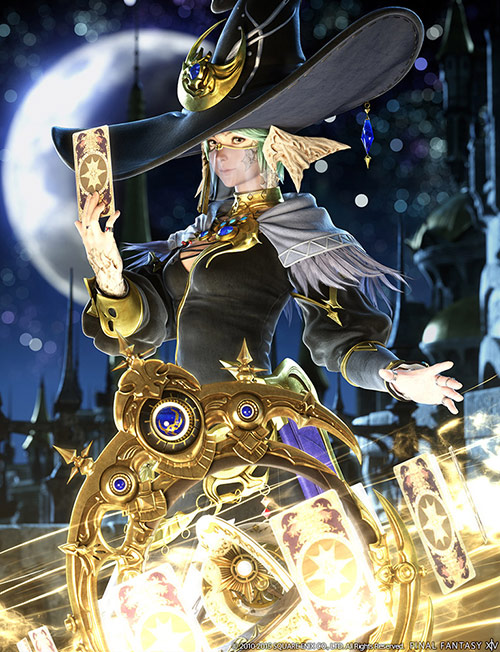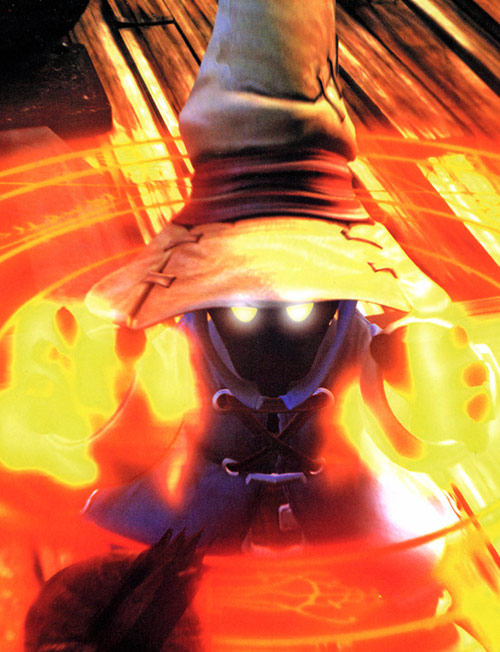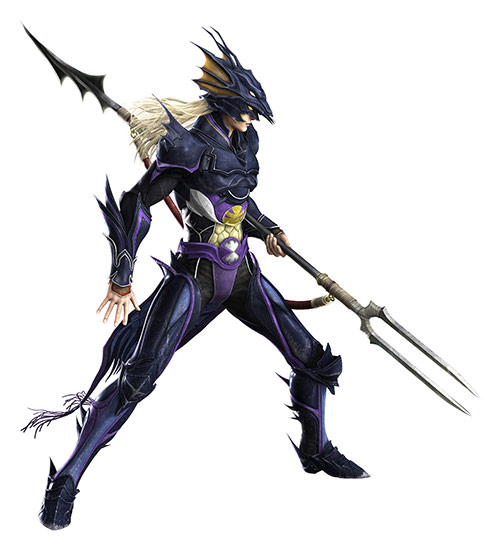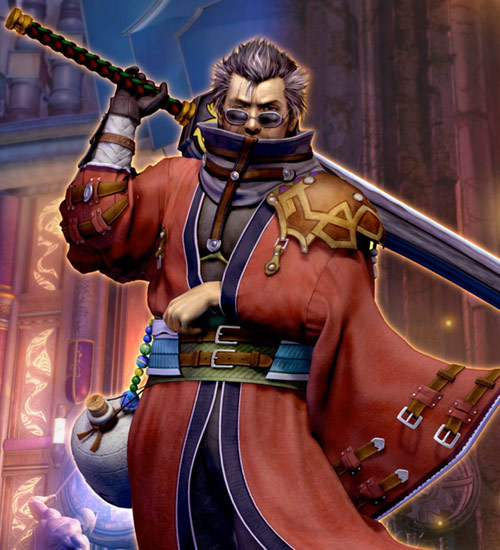Throughout the history of Final Fantasy, the Job System has been a major part of many games. Allowing gamers to make up a party as they see fit, the Job System was, and still is, the epitome of customization in any JRPG. Even games that don't feature a Job System contain characters that greatly resemble iconic classes. Within this feature, we'll discuss some of the more iconic and obscure classes that Final Fantasy has to offer. So, like recent college graduates, let's get ourselves some jobs!
When I think of iconic classes, the first group that comes to mind is the mages. Rooted in the original Final Fantasy with the Black, White, and Red mages, these classes are an essential part of any party. Black Mages are your classic glass cannon casters, with White Mages being your essential healers. Red Mages were the original jacks-of-all-trades, supplying adequate strength and magic yet falling short of the other two casters. Aside from making up half of the original Final Fantasy cast, the designs alone have stayed strong throughout the ages. Similar to famous mascot characters like Mario and Bubsy, the mage designs are instantly recognizable to anyone with fleeting knowledge of RPGs. I mean, just look at the evolution of these classes!
Later titles would include more and more magic users, with notable entries including the Blue Mage, a caster that gains its abilities from hostile monsters and enemies; The Summoner, who calls upon the power of godlike creatures to rain destruction on enemies; and the Devout and Magus, who are significantly more powerful versions of the White Mage and Black Mage, respectively.
Personally, I feel like these classes really make up the heart and soul of Final Fantasy. So many iconic elements came from these classes, and, to be frank, I feel the Final Fantasy series wouldn't be what it is today without them. Even in later games, these designs remain strong. For example, the character Vivi from Final Fantasy IX is a literal reimagining of the classic Final Fantasy design, and many White Mage characters retain the white and red aesthetic of classic White Mages.
Final Fantasy is fantastic when it comes to supplying equal parts sword and sorcery. After all, when a monster is resistant to magic, brute force is sometimes the only way to win.
Beginning with the original Final Fantasy, players could make up a party of a Fighter, which would later be named Warrior, Black Belt, which in later entries would be changed to the Monk, and Thief. While earlier mage classes tended to mold into easy to understand archetypes, choosing the correct melee classes tended to require a more in-depth approach. For the sake of simplicity, I'll be separating these classes into Tanks and DPS, because even when I'm writing, I can't stop thinking about playing Final Fantasy XIV.
For those of you unfamiliar with MMO terms, the tank is the brick wall of the party, always facing the enemy head on, acting as the thin line between life and death for group. In the original Final Fantasy, this was the bread and butter of the Warrior, as they were able to equip the most durable armor. Once Final Fantasy III rolled around, however, this role was greatly expanded. Classes such as the Paladin and Dark Knight showed up, bringing more variety to the role. No longer was a tank relegated to simply being a meat shield; now they could lend a hand with healing, or even sacrifice their health to cause damage that would shame most DPS classes. In my opinion, these three classes really shine the most in Final Fantasy XI and XIV, where having a tank in the party is an absolute necessity. Cecil Harvey, the main character of Final Fantasy IV, is a perfect representation of a Tank character, being both a Dark Knight AND Paladin throughout the story.
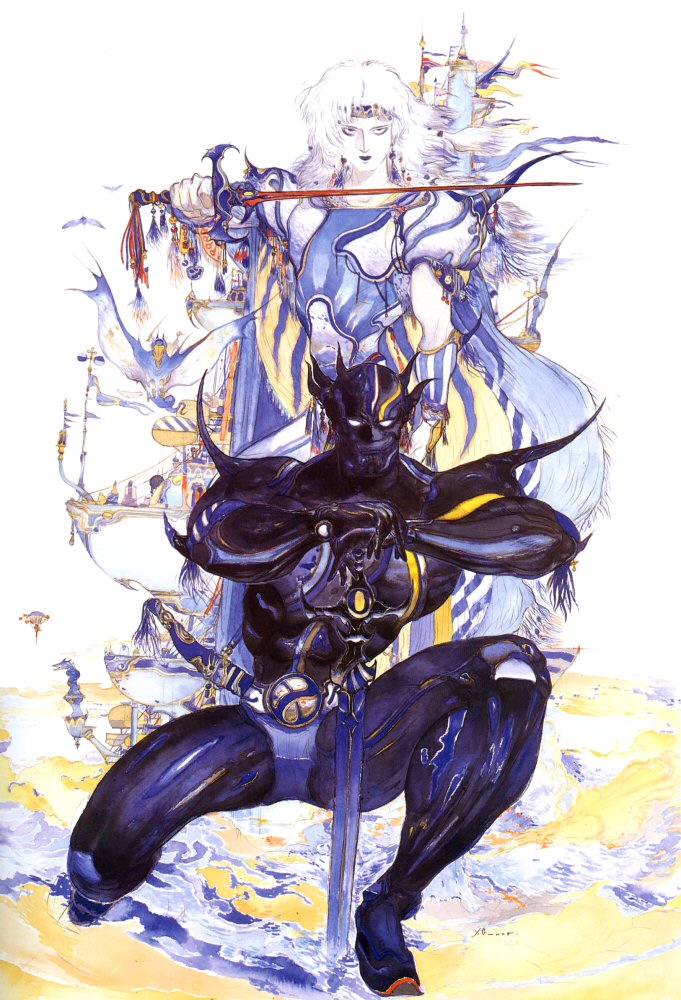
While the tank's job is to protect the party, the DPS is all about killing the enemy as quickly as possible. This subsection is where we see the majority of the jobs within the Final Fantasy series. From the Berserker to the Ninja, DPS classes contain many options. One of the more notable and iconic choices in this group has to be the Dragoon. A spear wielding warrior with the ability to command dragons and leap into the skies, the Dragoon made its first official appearance in Final Fantasy II with the playable character Ricard. While Ricard lacked many of the abilities that Dragoons would be known for, he paved the way for fan favorite characters like Kain in Final Fantasy IV and Freya in Final Fantasy IX. Other notable DPS characters in the Final Fantasy series include Shadow the Ninja from Final Fantasy VI, Auron the Samurai from Final Fantasy X, and Snow Villiers, who greatly resembles a Monk, from Final Fantasy XIII.
Final Fantasy really has the Sword and Sorcery aesthetic at its core, but sometimes we get jobs that seem, for lack of a better term, completely random. Most of these jobs appear in only a single installment, but they leave lasting impressions, and their designs are a sight to behold.

Final Fantasy XI was released before most modern MMOs, so the jobs available to players didn't fit neatly into the mold of Tank, DPS, and Healer, hence the game ended up with such strange classes as the Puppetmaster and the Corsair.
The Puppetmaster was sort of like a prototype Beastmaster, akin to classes like the Hunter in World of Warcraft and the Summoner in Final Fantasy XIV. Rather than taming beasts and summons, however, the Puppetmaster instead used customizable automatons to do their bidding. Through the use of different chassis, helmets, and accessories, the Puppet could fill different roles that the Puppetmaster needed, being able to switch between a Tank and Healer at will. Without the Puppet, however, the Puppetmaster was rather weak, only able to fight in hand to hand combat.
The Corsair, in my opinion, was one of the most interesting classes available in XI. While they fought mainly with guns, their true strength rested in their ability to buff the party through the use of dice and cards. However, none of these buffs were guaranteed, as the Corsair would literally gamble to acquire them, making it truly a "high risk, high reward" class.

Final Fantasy Tactics, which prided itself on its abundance of jobs, had a very interesting class called the Calculator, also known as the Arithmetician in certain remakes. A magic caster at its core, the Calculator could cast most magic for free with relatively no casting time. Using the arithmetic ability, also known as the "Math Skill" in the PlayStation version, Calculators could cast any spells they already knew by doing calculations based on a condition and number. So, for example, if a Calculator chose to cast a healing spell based on character level and the number five, they would heal all units, friend and foe alike, whose level was a multiple of five! To offset this, the Calculator had a relatively low magic attack stat, so a wise strategy would be to use Calculator skills with a second Mage class.
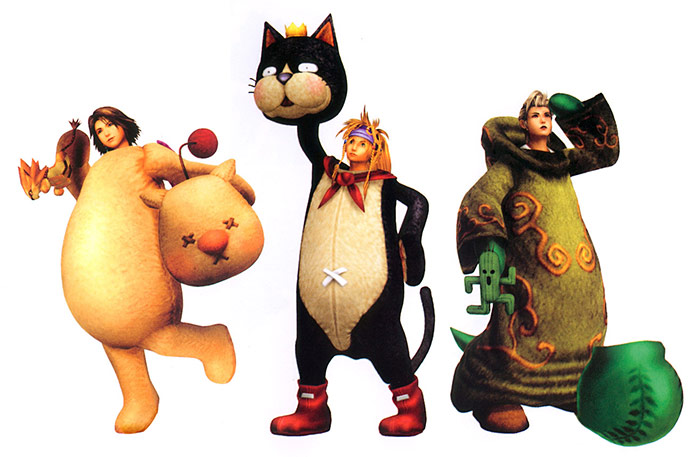
No, the above picture is not a cosplay. Final Fantasy X-2 relied heavily on the Dressphere system, which functions exactly like the Job system from other games, and some of the jobs tended to be more on the...strange side. Enter, the Mascot! As one of the last Dresspheres a player could obtain, the Mascot was, strangely enough, also one of the best classes. Able to use skills from a multitude of other classes, the Mascot also functioned differently for each of the playable characters. When worn by Yuna, the Mascot would focus on healing and support abilities, playing similarly to a White Mage on steroids. When worn by Rikku, the Mascot would employ elemental and stat-reducing abilities. And when equipped on Paine, the Mascot focused solely on inflicting status ailments on the enemy. If you didn't mind looking completely silly, the Mascot was a completely viable option for end game content.
This feature could be ten times longer and I still wouldn't be able to adequately discuss all the various jobs in Final Fantasy. It's easy to forget the level of customization featured throughout every Final Fantasy entry and how these differing classes can truly change the dynamic of each playthrough. Perhaps you'd like to attempt an all White Mage run of Final Fantasy V, or a physical only run of Final Fantasy X-2? The possibilities are endless! And only Final Fantasy can offer such unique and memorable experiences.
A previous version of this article erroneously listed Scholar as an upgraded White Mage; we've updated it to properly read Devout.


